If you’ve got lemon balm taking over your garden (or even just a little pot on the porch), drying lemon balm leaves is the perfect way to hold on to that fresh, lemony goodness all year long. Whether you love making herbal teas, homemade lemonade, or just want your pantry to smell like sunshine, this little kitchen trick is for you.
Let’s walk through it together, it’s way easier than you might think!
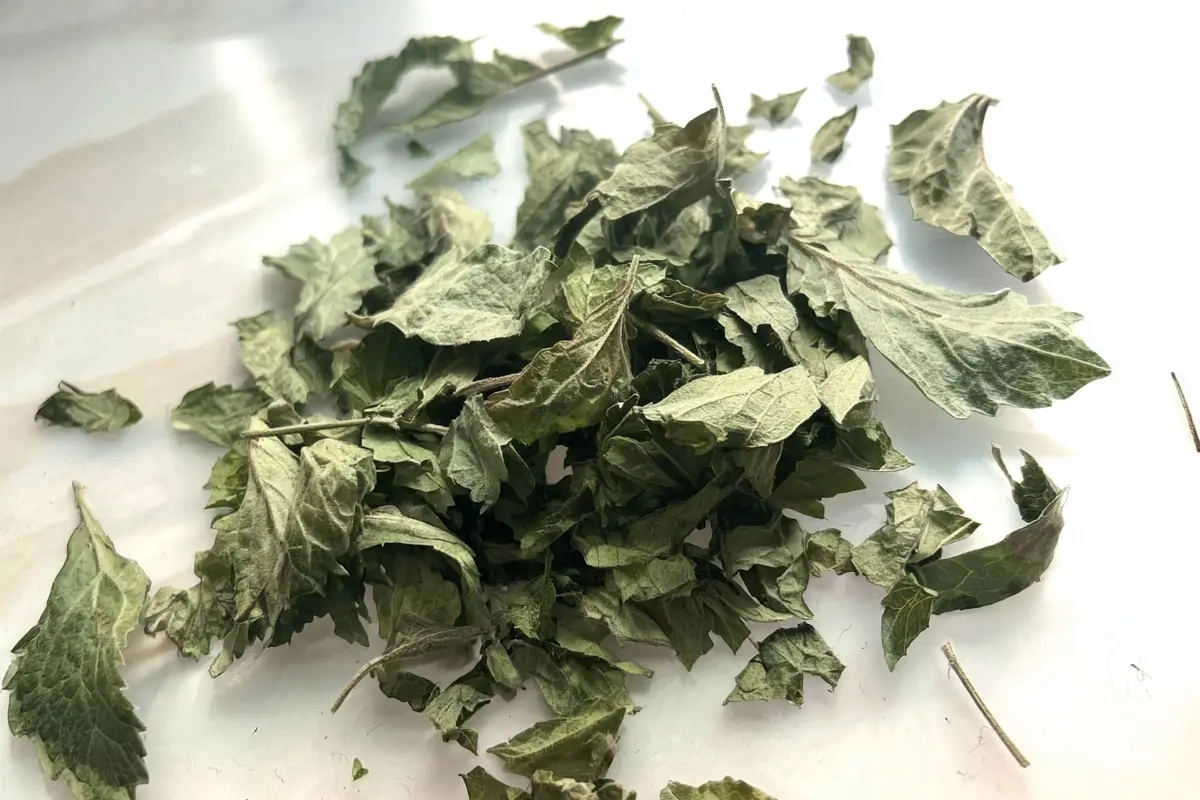
Table of contents
- When (and How) to Snip Lemon Balm Like a Pro
- Give Those Leaves a Quick Prep
- Easy Ways to Dry Lemon Balm (Pick What Works for You!)
- Storing Your Dried Lemon Balm (So It Stays Fresh and Fragrant)
- Fun Ways to Use Your Dried Lemon Balm
- A Few Quick Tips (Because We’ve All Been There)
- FAQs
- Keep That Lemon Balm Goodness Going
When (and How) to Snip Lemon Balm Like a Pro
So first things first, timing. You’ll get the most flavor if you harvest your lemon balm right before it flowers. That’s when the oils are at their peak and the leaves are super aromatic.
Wait until mid-morning when the dew has dried, then snip off healthy, bright green stems with scissors or shears. Just be sure to leave enough of the plant behind so it keeps on growing!
Give Those Leaves a Quick Prep
Once you’ve got your bundle, gently rinse the leaves to get rid of dust or any tiny tagalongs from the garden. Then pat them dry or spin them in a salad spinner. It’s important to start with leaves that are dry to the touch, it makes a big difference in the final result.
Easy Ways to Dry Lemon Balm (Pick What Works for You!)
Drying lemon balm leaves isn’t fussy at all, and you can use whichever method fits your space and schedule.
1. Go Old-School with Air Drying
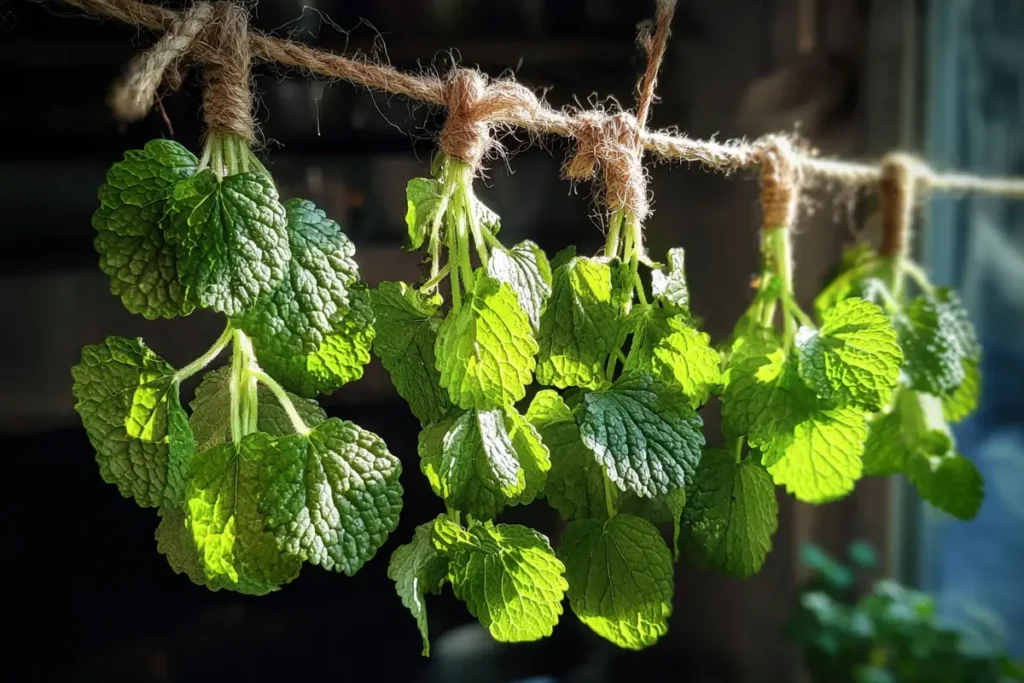
This is the method your grandma probably used, and it still works beautifully. Just tie a few stems together with twine and hang them upside down somewhere warm, dry, and out of direct sunlight. You can even pop a paper bag over the bundle to keep out dust. After about a week or two, the leaves will be crisp and ready.
2. Use a Dehydrator (Super Reliable)
If you’ve got a dehydrator, this is a great hands-off option. Lay your lemon balm leaves in a single layer on the trays, set it to the lowest temp (around 95°F / 35°C), and let it do its thing. In about 12–18 hours, you’ll have perfectly dried leaves.
3. Speed It Up with the Oven (But Watch Closely!)
No dehydrator? No problem. Use your oven on the lowest heat, under 180°F if you can, and spread the leaves on a baking sheet lined with parchment. Keep the oven door cracked to let out moisture, and check every 10–15 minutes. It works fast, so keep an eye out to avoid burning!
4. Try Mesh Racks for More Airflow
Instead of bundling the stems, you can also lay the leaves out in a single layer on a mesh drying rack or screen. This method gives them plenty of airflow and helps them dry evenly, especially in slightly more humid areas.
5. Sun Drying (Works in Dry Climates Only)
If you live somewhere warm and not too humid, sun drying is an option, but it’s not the best one for lemon balm. Direct sunlight can fade the color and break down the oils. If you go this route, keep the leaves in indirect sun and cover them with mesh to protect from dust and bugs.
6. Freeze Drying (Advanced but Amazing)
If you happen to own a freeze dryer, this is the gold standard for preserving herbs. It keeps the flavor, color, and nutrients almost perfectly intact, but it’s definitely a specialty tool, and not something most home cooks have access to.
Love handy kitchen tricks? You might also enjoy this tip for quickly defrosting meat or whipping up a flavorful lemon balm syrup to pair with your dried leaves.
Storing Your Dried Lemon Balm (So It Stays Fresh and Fragrant)
Once your lemon balm is nice and dry, give it a few minutes to cool. Then, store the whole leaves (not crushed!) in a clean glass jar with a tight lid. Keep it in a dark cupboard or pantry, anywhere cool and dry.
They’ll stay fresh and full of flavor for up to a year. Just crumble the leaves right before using for max aroma!
Fun Ways to Use Your Dried Lemon Balm
Once you’ve mastered how to dry lemon balm leaves, you’ll find so many cozy ways to use them. Here are a few favorites to get you started.
- Make tea: This one’s a classic. Steep 1–2 teaspoons of dried lemon balm leaves in hot water for a calming herbal tea. If that sounds good, you’ll love this refreshing lemon balm lemonade recipe, it’s a great way to enjoy lemon balm cold, especially during warmer months. You can also try our lemon balm water for weight loss for a simple daily wellness boost.
- Add to baked goods: Crumble dried lemon balm into sugar cookies, muffins, or even lemon loaf for a subtle lemony note. It works beautifully with honey, vanilla, or light citrus glazes.
- Mix into herbal blends: Dried lemon balm pairs well with herbs like peppermint, chamomile, or ginger for custom calming teas. If you’re looking for something with added wellness benefits, this lemon balm for weight loss recipe is a great place to start.
- Tuck into sachets: Mix dried lemon balm with lavender or dried rose petals, and tuck it into drawers or under your pillow. It gives off a fresh, relaxing scent that lingers for weeks.
And if you’re specifically wondering how to dry lemon balm leaves for tea, any of the drying methods above will work beautifully, just make sure the leaves are completely dry and stored in an airtight container.
A Few Quick Tips (Because We’ve All Been There)
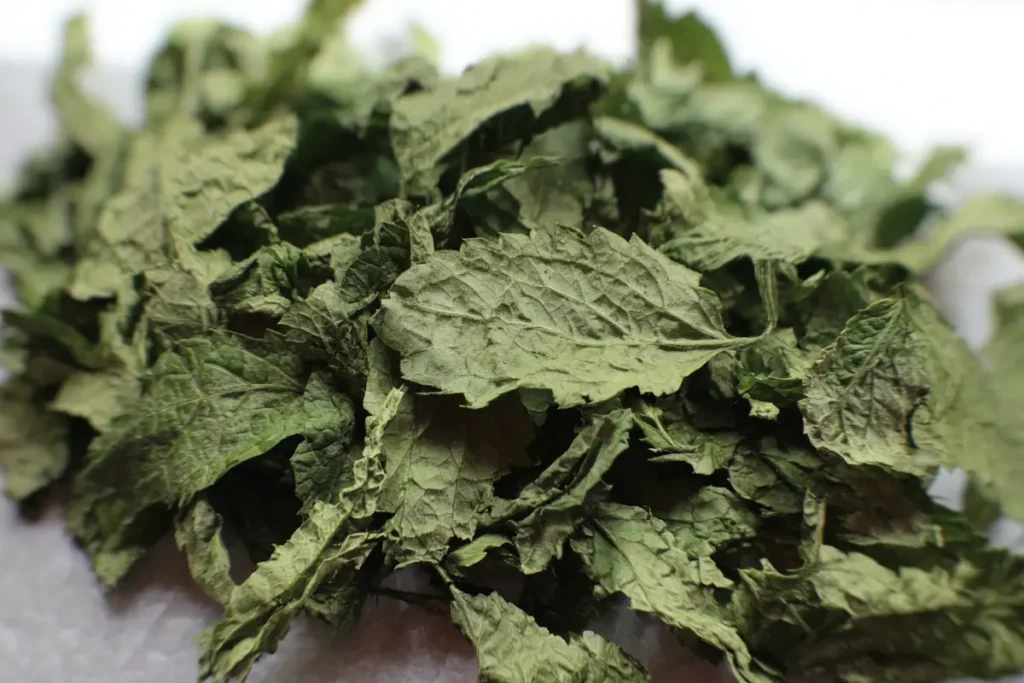
Let’s keep it real, sometimes things don’t go perfectly. Here are a few things to watch for:
- Leaves turned brown? You may have used too much heat. Try a lower temperature next time.
- Smells musty or moldy? The leaves likely weren’t fully dry before storing.
- Lost some flavor? Try storing the leaves whole and crumbling them just before using, this keeps those precious oils intact.
FAQs
It depends on the method you use. Air drying can take 1 to 2 weeks, while a dehydrator usually takes about 12–18 hours. If you’re drying lemon balm leaves in the oven, it can take as little as 30 minutes, but be sure to monitor closely to avoid burning.
The dehydrator method is a favorite if you’re drying lemon balm leaves for tea. It preserves flavor and color beautifully. Just keep the temp low (around 95°F / 35°C) to keep those essential oils intact.
Absolutely! While fresh lemon balm is great for garnishes and marinades, dried lemon balm works well in soups, breads, herb butters, and even desserts. Store them whole and crush before use for the best flavor.
Yes, give your lemon balm a gentle rinse to remove any dust or tiny insects. Just make sure to dry the leaves thoroughly (pat them dry or use a salad spinner) before beginning the drying process to prevent mold.
They should feel crisp and crumble easily between your fingers. If they feel soft or bendy, they still contain moisture and need more time to dry.
It’s not recommended. Microwaves tend to heat unevenly and can burn the leaves quickly, especially delicate ones like lemon balm. Stick to air drying, dehydrating, or oven drying for better results.
Keep That Lemon Balm Goodness Going
Drying lemon balm leaves is one of those simple kitchen wins that pays off again and again. With just a little effort, you’ll have a stash of lemony, calming herb ready for teas, baking, wellness drinks, and even DIY sachets. However you decide to use it, your future self will thank you for saving all that goodness.

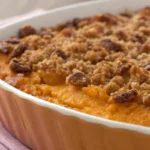
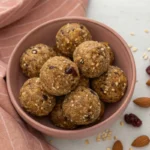
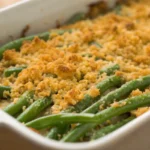


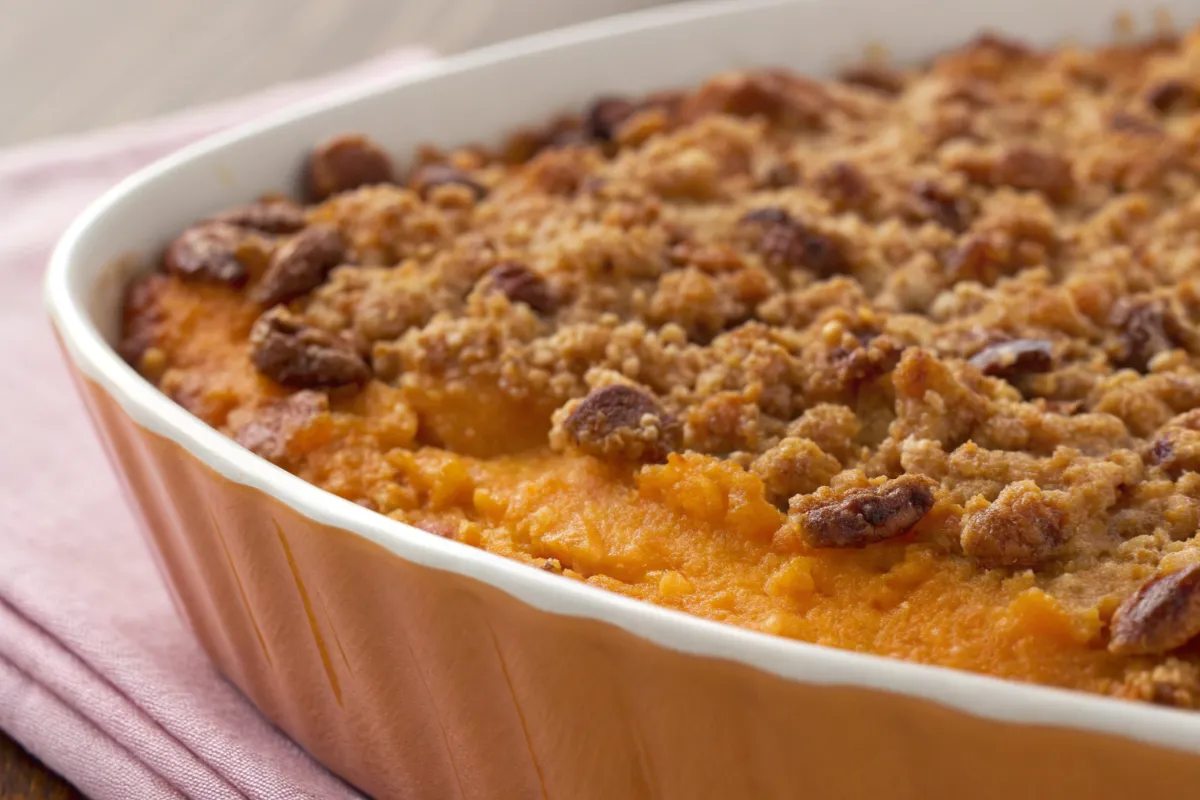
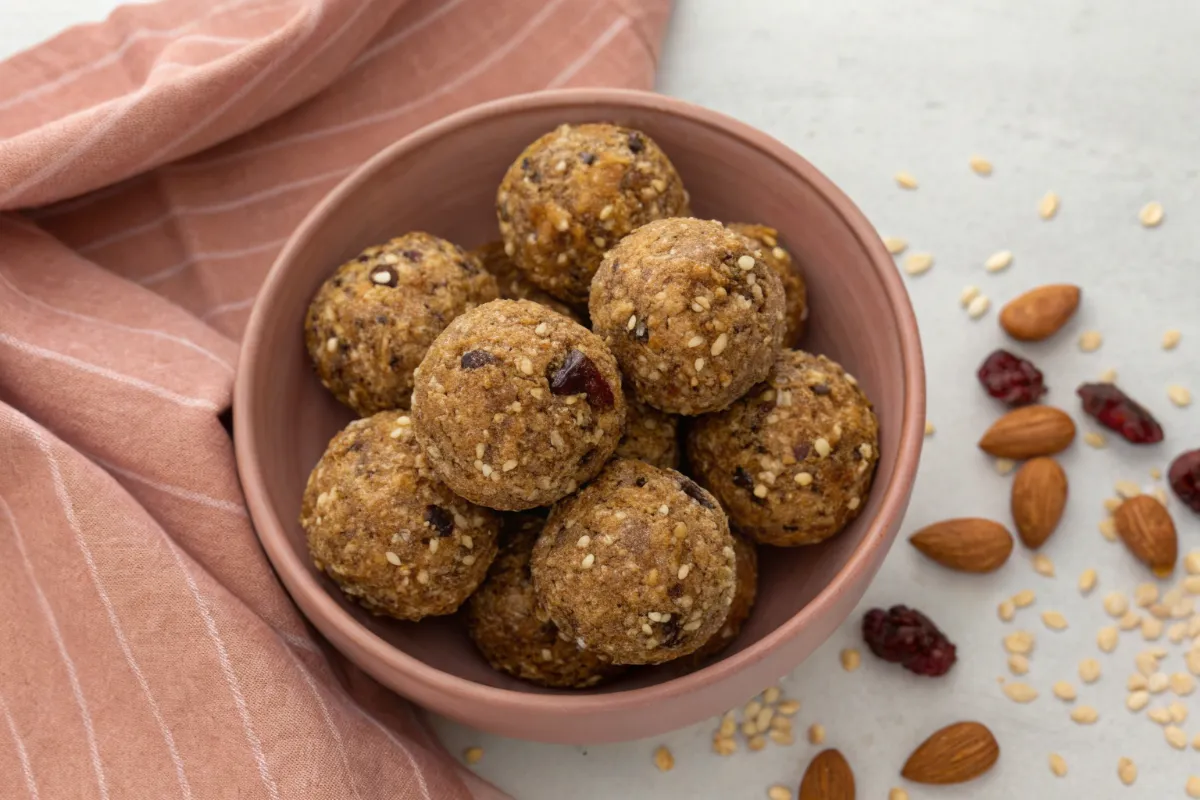
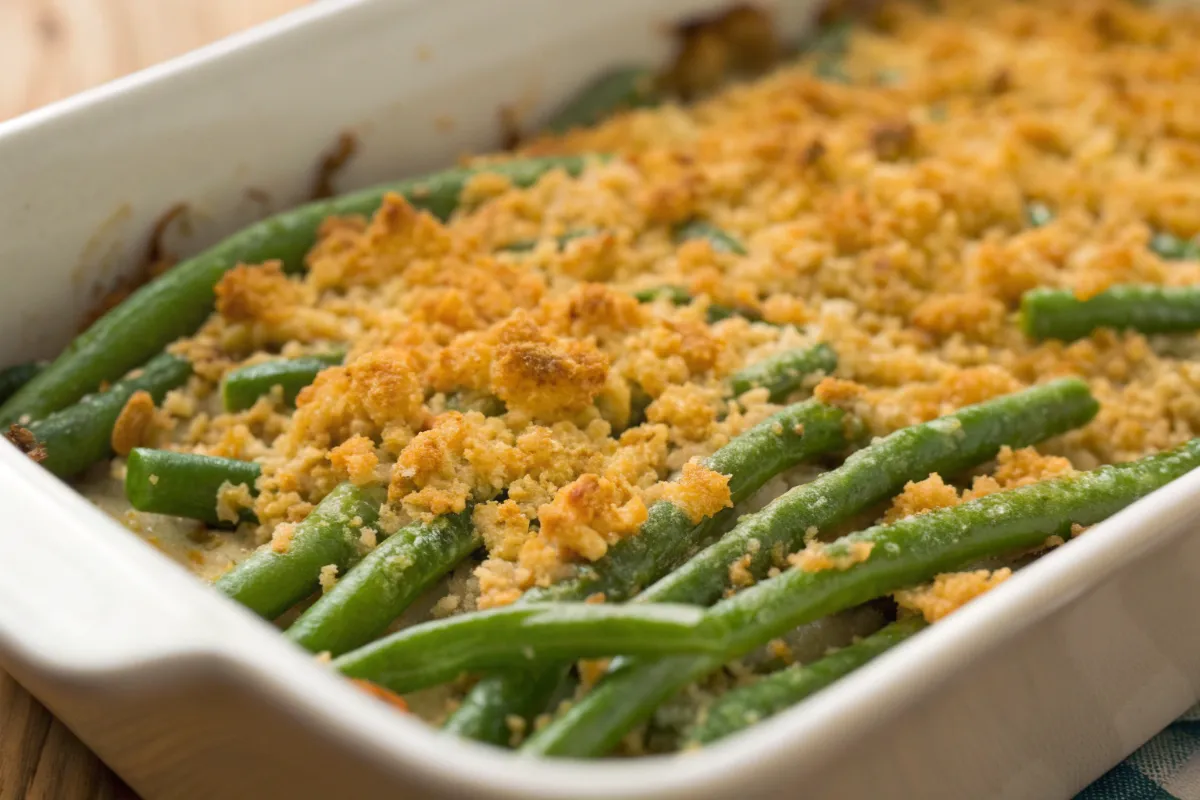
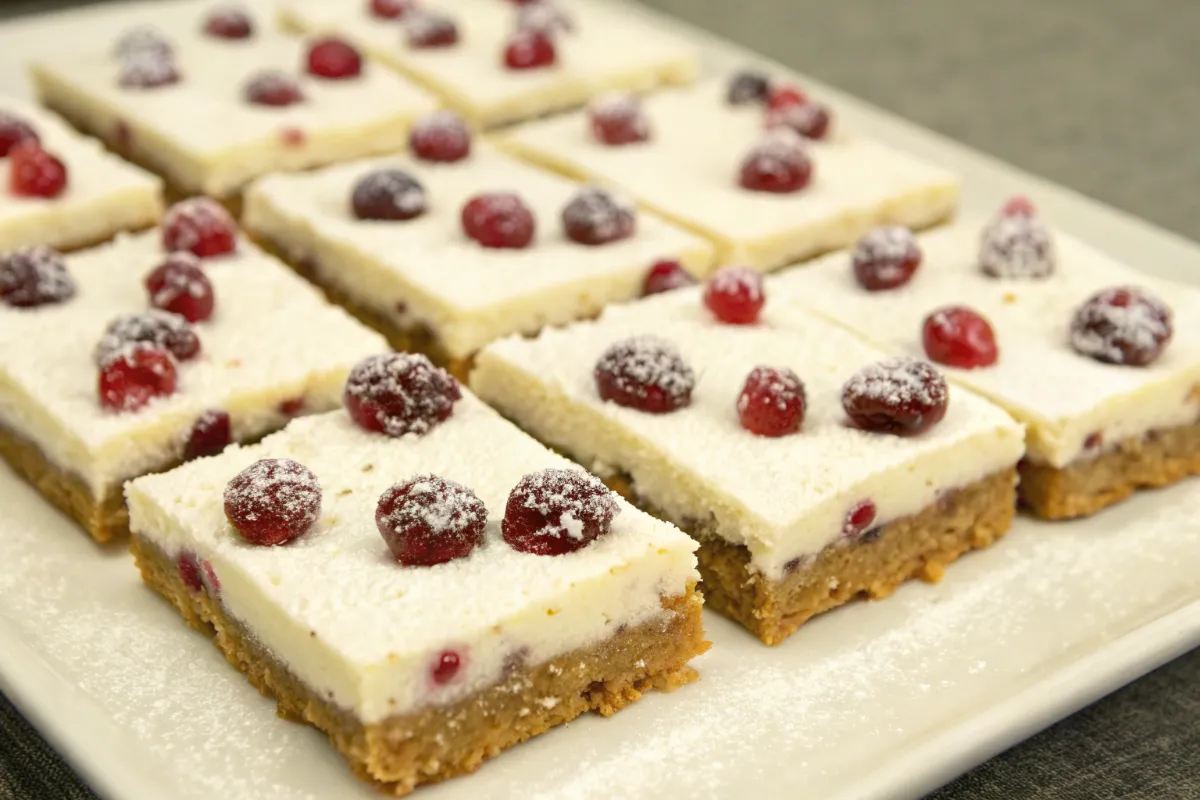
Leave a Reply